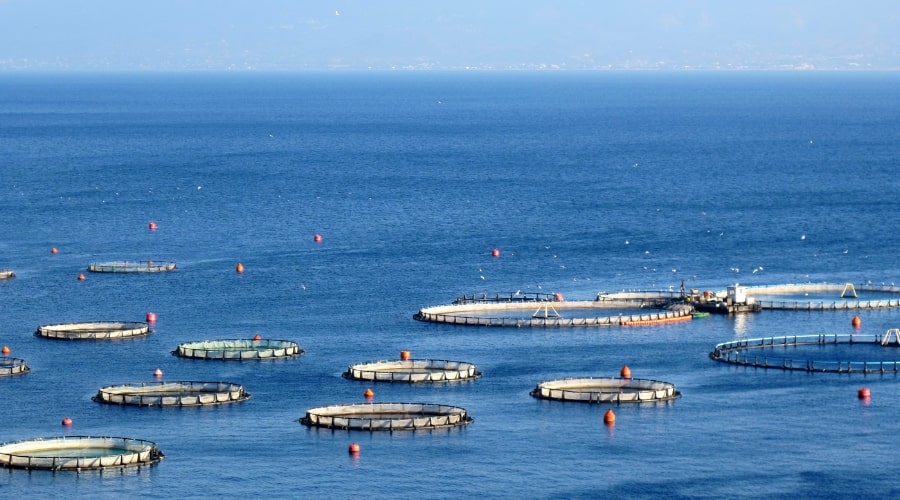Marketing and selling your farmed fish effectively is essential for profitability. With a clear plan, you can connect with buyers, set competitive prices, and build lasting relationships with customers.
Finding Buyers for Your Farmed Fish
Identifying the right buyers ensures consistent demand for your fish. Begin by exploring local opportunities.
-
Local Markets:
- Sell directly to customers at farmers' markets or local food fairs.
- Offer fresh fish or packaged products to appeal to consumers seeking quality produce.
-
Restaurants and Food Businesses:
- Approach restaurants, especially those focused on fresh or seafood menus.
- Provide samples to chefs or managers to showcase your product's quality.
-
Wholesalers and Distributors:
- Partner with distributors to reach supermarkets and larger markets.
- Ensure you meet their volume and quality requirements.
-
Online Platforms:
- Use social media or e-commerce sites to promote and sell directly to consumers.
- Highlight your farm’s unique practices or sustainability to attract online buyers.
Pricing Your Fish
Setting the right price ensures profitability while remaining competitive. Research and calculate costs carefully.
-
Understand Production Costs:
- Calculate expenses for feed, maintenance, labor, and transportation.
- Include packaging and marketing costs to determine your break-even price.
-
Research Market Rates:
- Check prices at local markets, restaurants, and wholesalers to identify a competitive range.
- Adjust pricing based on fish size, species, and quality.
-
Offer Flexible Options:
- Provide bulk discounts to wholesalers or frequent buyers.
- Use promotional pricing during peak seasons to attract more customers.
Building a Customer Base
A loyal customer base provides stability and growth opportunities. Focus on building relationships and delivering value.
-
Quality and Consistency:
- Deliver fresh, healthy fish to establish trust with your buyers.
- Ensure consistent weight, size, and packaging standards.
-
Branding and Storytelling:
- Share your farm’s story, emphasizing quality, sustainability, or local impact.
- Use social media and flyers to create awareness about your products.
-
Customer Engagement:
- Communicate regularly with your customers to understand their preferences.
- Use surveys or direct conversations to gather feedback and improve your services.
-
Partnerships and Referrals:
- Collaborate with local businesses to cross-promote your products.
- Encourage satisfied customers to refer new buyers by offering discounts or incentives.
Marketing Strategies to Boost Sales
Implementing marketing tactics increases visibility and attracts more buyers.
-
Product Differentiation:
- Highlight features like organic practices, sustainable farming, or unique fish species.
- Offer value-added products like fillets or smoked fish.
-
Promotions and Discounts:
- Introduce seasonal discounts or bulk pricing to encourage large orders.
- Offer free delivery for customers who meet a specific purchase threshold.
-
Online Presence:
- Create a website or social media page with details about your products and pricing.
- Post photos, videos, and testimonials to showcase your fish farming process.
Logistics and Delivery
Reliable delivery builds trust and enhances your reputation. Plan logistics to ensure timely and safe transportation.
- Use insulated containers to maintain fish freshness during transport.
- Partner with local courier services for efficient delivery to customers.
- Offer flexible pickup or delivery options to accommodate customer needs.
Monitoring and Adjusting Your Approach
Regularly evaluate your marketing and sales strategies to identify areas for improvement. Track key metrics like customer satisfaction, repeat orders, and revenue growth. Adjust your pricing, promotions, or sales channels based on feedback and market trends.
By focusing on quality, building relationships, and leveraging marketing tools, you can successfully market and sell your farmed fish. Stay consistent, listen to your customers, and adapt as needed to ensure long-term success.


